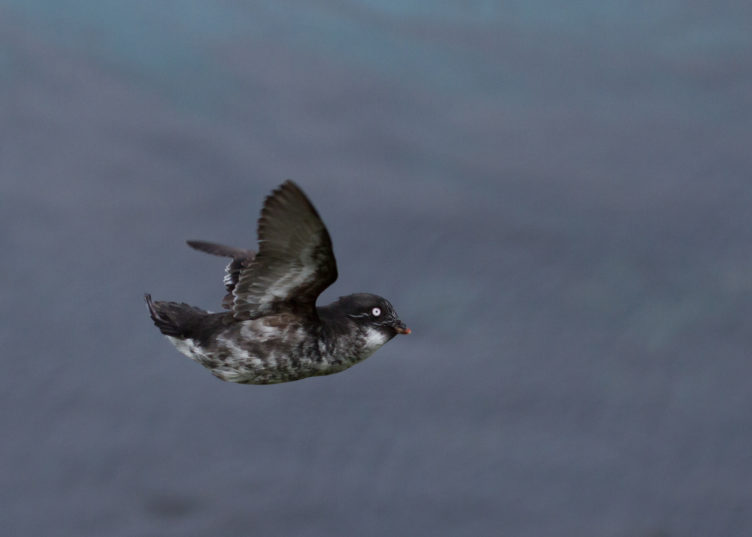La Niña is likely (exceeding ~80%) through the Northern Hemisphere winter 2017-18, with a transition to ENSO-neutral most likely during the mid-to-late spring.
La Niña strengthened during the past month, as indicated by an increasingly prominent pattern of below-average sea surface temperatures (SSTs) across the central and eastern equatorial Pacific Ocean
[Fig. 1]. The latest weekly Niño-3.4 index value was -0.8°C, with the easternmost Niño-3 and Niño-1+2 indices at or below -1.0°C during much of the month
[Fig. 2]. Sub-surface temperature anomalies weakened slightly during November, but remained significantly negative
[Fig. 3] due to the anomalously shallow depth of the thermocline across the central and eastern Pacific
[Fig. 4]. The atmospheric circulation over the tropical Pacific Ocean also reflected La Niña, with convection suppressed near the International Date Line and enhanced over Indonesia
[Fig. 5]. The low-level trade winds were stronger than average over the western and central Pacific, with anomalous westerly winds at upper-levels. Overall, the ocean and atmosphere system reflects La Niña.
Climate Prediction Center
National Centers for Environmental Prediction
NOAA/National Weather Service
College Park, MD 20740






